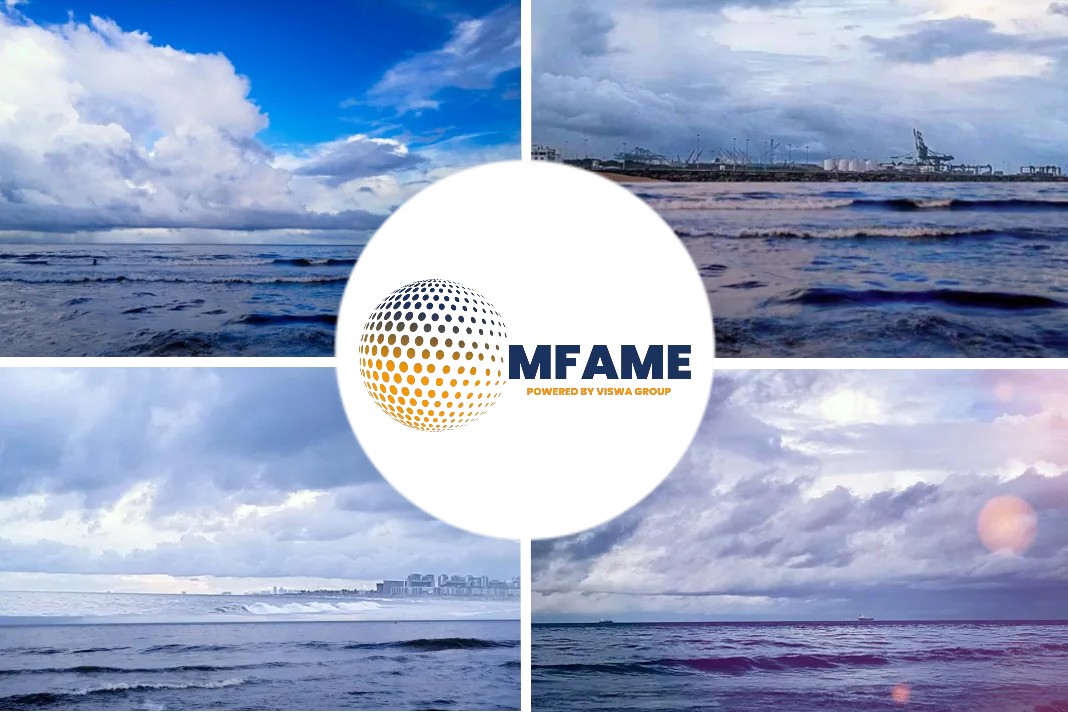Despite its strength and significant role in world trade, the shipping industry is potentially vulnerable to an “Achilles heel” where financing its bunker fuel procurement is concerned, writes Irene Notias in an article published in the Maritime Executive.
Without fuel a vessel cannot budge. Money to buy it is an issue for small shipping companies hit by new regulations and depressed market conditions. And the conditions are constantly changing.
Today, with the COVID-19 pandemic and the oil price collapse, fuel vendors (suppliers, traders), banks and insurance companies are all reassessing the financial health of their respective customers – and therefore the credit lines they provide.
Credit Line Problems
Physical supplier credit lines have become less available, while bunker traders credit lines have become tighter and toleration for delayed payments has been reduced.
Bunkerers are being careful about who they sell to. Credit managers are cutting credit terms from 30 days to 15 days, decreasing the amounts, and offering by cash in advance payments for new customers.
The head of global credit at BOMIN, Pal Millar, recently told Ship & Bunker that “we have cut some credit lines to zero for those mostly [low asset-low equity] in our portfolio even if they have been good payers and trouble free to date.” A claims manager at a large international trading firm and speaker at PLATTS’ last November conference warned that the credit lines will be affected and the money that is available will be allocated to those accounts that show good management, honoring their agreements and healthy cash flow.
Credit is King!
Since 2008, it has been increasingly difficult to establish credit lines directly with physical suppliers – even for the biggest accounts – because the banks and insurance companies who are loaning the funds to the physical suppliers require thorough KYC (know your customer) reports, including shipping companies’ audited financial statements. This is unthinkable for many an owner.
If one thinks about it, how many other industries deliver a valuable product that is used up within the 30 day period in which it must be paid for?
It is a risky business for suppliers and traders’ firms, who require healthy cash flow to keep their operations running and yet are subject to poor payment performers.
They must have stringent ways of deciding who gets what.
Even suppliers and traders are subject to lesser credit terms and financing from their banks.
Banks know that the ship operators’ business has declined, and the value of unhedged product has dropped a lot.
They consider this industry high risk and are not interested in investing too much in the bunker industry. So, vendors have found other ways to fund their activities and obligations, using derivative instruments such as hedging and pledging individual nominations.
For whatever reason an owner delays a payment past the agreed date, the vendor is in trouble: he must pay cash at the refinery in order to deliver the product, and he incurs expenses for logistics and personnel, just like the shipowner. Suppliers do not have time to chase payments nor the cash reserves to cover any more payment defaults. They must focus on their main job, which is delivering fuel (a high risk and very cash driven task).
Chain reaction dynamic
Once driven by basic economic principles (supply & demand) and simple math (1+1=2), bunker fuel procurement has advanced to a unique dynamic interlinked with the derivatives and banking industries. Instead, it is about buying a commodity in a virtual and ambiguous market, which is based on paper which is linked to a bank which is linked to an insurance company. Furthermore, the bunker price offer is subject to inquiry and valid for minutes at a time, calculated by an elaborate pricing mechanism.
To illustrate, in the last 20 years, some very attractive (low) price offers disappeared in moments for a management approval or even a sip of a coffee, incurring unnecessary losses due to the crude futures market momentary spikes and last-minute unavailable credit lines.
Show me the money
Although they participate in it, many bunker buyers are not conscious of the critical outcome by shifting from buying direct from a supplier to buying from a reseller. There is an opportunity cost of risk-free savings when the chance to buy direct from the source is lost. The supplier needs to know who is paying the obligation, not so much to who he is delivering.
The derivative market has slurped up so much cash from the interrelated markets world-wide, that most entities have become dependent on banks and funds. Inevitably, consumer buying power (requiring credit) has shifted from end user to the middleman, which is where the money is.
Read the fine print
The challenges of less credit avails are matched by questionable hefty cancellation fees that are derived from crude futures price differentials at the time of cancelling, which can consume a vessel’s profit.
And most bunker fuel trading and supplying companies hedge or pledge their client’s bunker order to a bank in order to obtain cash flow. A few vendors mention it in their General Terms & Conditions of Sale (GTC) and a few do not.
Since 2008, cancellation fees follow crude oil price because of the nominations being hedged. The cancel cost is determined by the differential price per metric ton between the time of cancelation against the purchase price. In one cancellation where the market dropped substantially in matter of 1 week, the cancel fee was $60,000.
The shipowning community should realize these unhealthy tactics and take actions to remedy them, especially after the unexpected and shocking OW Bunker bankruptcy, in November 2014. This produced damaging domino effects for many shipping and bunkering companies. Owners experienced first-hand the problem of having to pay twice for the same bunker bill. Both OW’s bank and contracted suppliers were chasing their vessels all over the globe, taking up time and energy and cutting into profits. Most owners submitted and paid two times. The lesson was quite expensive.
We can fix it
As an industry, we need to realize the relevance of more transparent counterparties (even from those offering the credit) and for third parties to take the weight off the ship owner’s and the company’s shoulder. Commercially, the reseller should not be hedging the bunker contract without the buyer’s knowledge and consent, in writing, and should be discussed prior to price offering. We also need to realize the relevance of helping our clients and customers sustain their enterprises, so vendors can have businesses too.
About the Author
Irene Notias runs her own bunker buying management service company and an NPO, Project Connect, which has served as a bridge for over 300 shipping students to be placed in work internships during crisis-driven Greece. Most recently she successfully brought Adopt a Ship – the maritime project-based educational program that teaches kids about shipping and trade – to Greek elementary schools.
Did you subscribe to our daily newsletter?
It’s Free! Click here to Subscribe!
Source: The Maritime Executive















![[Watch] Cruise Ship Broke Loose from Moorings](https://mfame.guru/wp-content/uploads/2018/06/VOD-13-80x60.jpg)